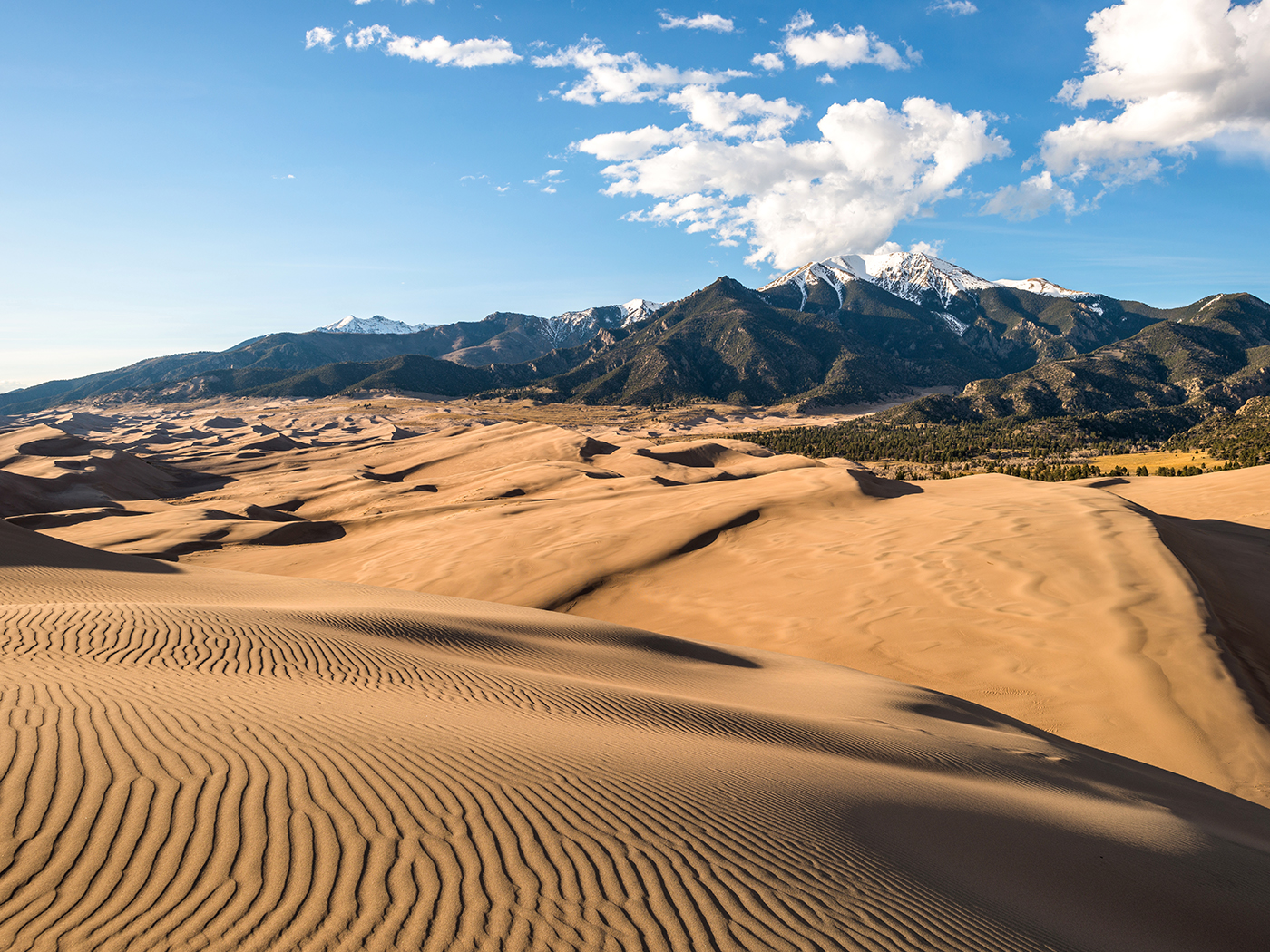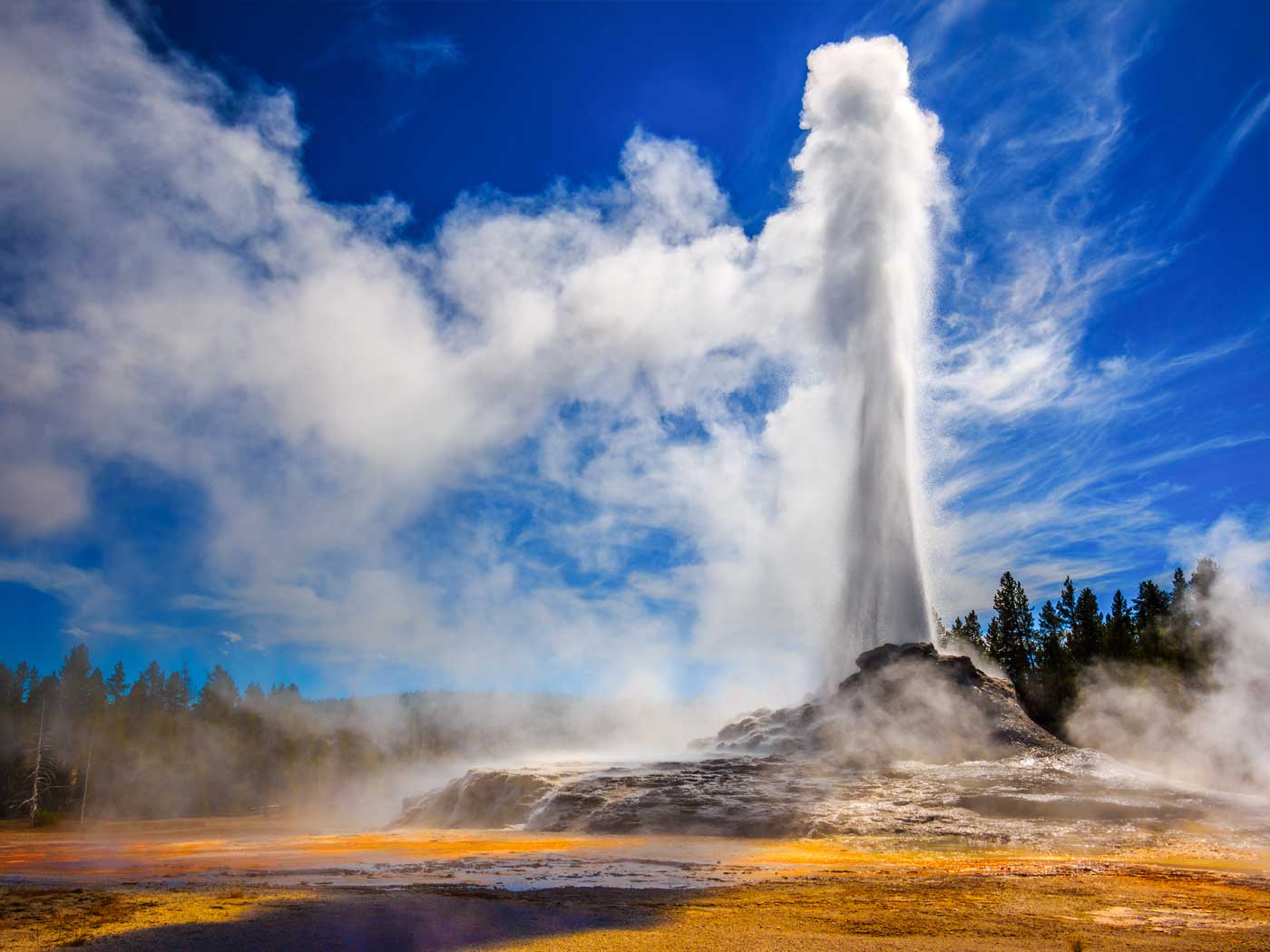Evolutionary scientists are still trying to explain the origin of Earth’s continents. Some have even called this mystery the “holy grail” of geology.1 But rather than explaining their origin, a new study in Proceedings of the National Academy of Sciences (PNAS) merely pushes back the age of the continents into unfathomable deep time.2
Secular geologists have long maintained that the continents are quite old, much older than the crust beneath the ocean.1 They also believe that nearly all of the continents originated almost simultaneously in a supposed time called the Archean Eon, claimed to be older than 2.5 billion years, further complicating the mystery.3
The current study, co-authored by Priyadarshi Chowdhury at Monash University in Melbourne, Australia, tried a new approach.2 They examined remnants of sedimentary rock preserved in an area of eastern India known as the Singhbhum Craton.4 From radioisotope studies of the sedimentary rocks and the igneous rocks below, they estimated that the continental crust became subaerial about 3.3 billion to 3.2 billion years ago.2 They postulated that hot plumes of magma, enriched in less-dense minerals like quartz, thickened the crust and buoyed the land mass up and out of the water, creating the continental crust.5 But this explanation is nothing more than a fictional tale. It is based on no observable science, nor is it testable.
Prior to the current study, secular geologists used the production of similar quartz-rich magmas that formed in narrow subduction zones6 as their best explanation for the origin of continents. They figured that enough subduction zone melts added together from plate collisions over billions of years could create the continents, or so their story goes. But this wouldn’t make the continents all at one time as is commonly believed. How they all appeared simultaneously remains unanswered.
While it seems possible that narrow slivers of continental crust could form when tectonic plates converge, these 120 to 250-mile wide zones are a long way from explaining the massive expanse of all the continents. Furthermore, other geoscientists point out that the composition of these narrow bands of continental crust formed at subduction zones differ chemically from the supposed older Archean continental crust, adding another complication to the mystery.3 This leaves secular scientists unable to explain the origin of continents that are thousands of miles wide. It is still the “holy grail” of geology.
"The debate will likely continue," said Ilya Bindeman, a professor of geology at the University of Oregon who was not involved with the current study.
All secular explanations for the continents are steeped in speculation.7 Their studies do little to answer the question of the origin of the continents. The current study merely pushes back their origin point further into mythical deep time, obfuscating the situation all the more.
The book of Genesis still gives us a better explanation for the origin of continents. It is quite clear. God spoke them into existence of Day 3 of Creation Week about 6000 years ago.
References
1. Hecht, J. 2015. Rise of the upper crust. New Scientist. 226 (3017): 36-39.
2. Chowdhury, P., et al. 2021. Magmatic thickening of crust in non-plate tectonic settings initiated the subaerial rise of Earth’s first continents 3.3 to 3.2 billion years ago. National Academy of Science.118 (46): e2105746118; https://doi.org/10.1073/pnas.2105746118.
3. Gazel, E. et al. 2015. Continental crust generated in oceanic arcs. Nature Geoscience. 8 (4): 321-327.
4. A craton is a large area of continental crust believed by secular scientists to have had very little recent deformation or mountain-building activity.
5. Lanese, N. Earth's 1st continents arose hundreds of millions of years earlier than thought. LiveScience. Posted on livescience.com November 8, 2021, accessed December 2, 2021.
6. A subduction zone is where older ocean crust is pulled down into the mantle at a convergent plate boundary (where plates move toward one another), creating a quartz-rich melt in the process.
7. Clarey, T. 2020. Carved in Stone: Geological Evidence for the Worldwide Flood. Dallas, TX: Institute for Creation Research, 128-131.
*Dr. Clarey is Research Scientist at the Institute for Creation Research and earned his doctorate in geology from Western Michigan University.
Geology's "Holy Grail" Still Unresolved
The Latest
Scientists Question Foundational Big Bang Assumption
In April 2024, some of the world’s leading cosmologists convened at the Royal Society in London to question the cosmological principle—the...
Moroccan Dinosaurs in Marine Rocks, Too
Two recent papers by paleontologist Nicholas Longrich and his colleagues describe some unexpected findings in phosphate mines of northern Morocco.1,2...
CREATION PODCAST
Ernst Haeckel: Evolutionary Huckster | The Creation Podcast:...
Ernst Haeckel, a German Zoologist, is famous for developing a series of images of embryos in development called Anthropogenie. These images,...
Bees Master Complex Tasks Through Social Interaction
Bees are simply incredible.1,2 These little furry fliers challenge the very foundation of Darwinism in many diverse ways.
Bees have been...
The Tail of Man’s Supposed Ancestors
Although it has been known for decades and despite insistence to the contrary from the evolutionary community, man—Homo sapiens—has never...
When Day Meets Night—A Total Success!
The skies cleared above North Texas on Monday, April 8, for a spectacular view of the 2024 Great American Solar Eclipse. Hundreds of guests joined...
The Sun and Moon—Designed for Eclipses
Before discovering thousands of planets in other solar systems, scientists tended to assume that other solar systems would be very similar to our own....
Let ICR Help You Prepare for the Great American Solar Eclipse!
On Monday, April 8th, the moon will move directly between the earth and the sun, resulting in a total solar eclipse visible in northern Mexico, much...
Total Eclipse on April 8th
“You alone are the LORD; You have made heaven, the heaven of heavens, with all their host, the earth and everything on it, the seas and all that...
CREATION PODCAST
Dismantling Evolution One Gear At A Time! | The Creation Podcast:...
The human body is a marvel of complexity and the more we learn about it, the more miraculous our existence becomes! Can evolution explain the...





















